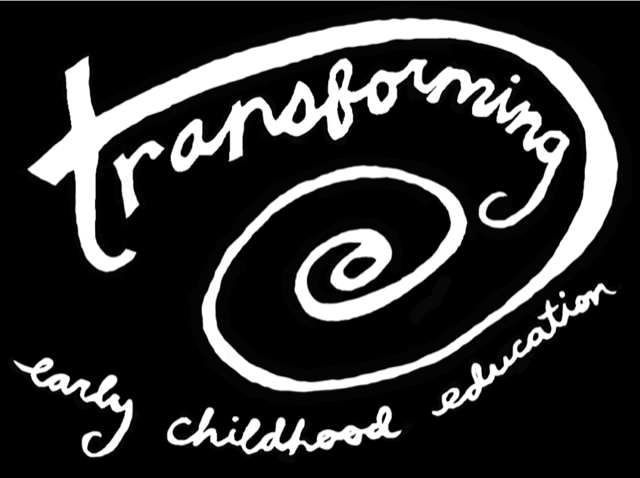Parallel Play
Parallel Play
I’ve been thinking a lot about our expectations for young children, especially in the area of group play. One of the reasons our youngest learners are having difficulty interacting with their peers, which often feels challenging to adults, is because they are pushed from parallel play to group play before they are ready. This push causes children to miss out on the essential tools they build during parallel play.
What is parallel play? Parallel play is where children play next to or near each other but not with each other. This play type usually occurs during a child’s infant and toddler years. The child is mostly in their play world during parallel play, similar to solitary play. The difference between solitary play and parallel play is that a child chooses to be near or next to a peer.
In contrast to solitary play, they play with similar objects, each in their way, while observing their peers occasionally to see how they choose to use the play material. This might look like two children sitting before a stack of letter blocks. Each child is manipulating the blocks in their way. They may look at the child next to them to observe how they use the blocks.
Why is parallel play important? Although a child is not interacting (playing with) a peer during parallel play, they are still learning from that peer. The child notices how their peer uses the play material, what sounds they make, or the words they say. They may start to imitate (or mimic) the way their peer plays or the language they use. Parallel play is the precursor to playing with another child or group of children. A child needs to have enough time to participate in parallel play. Pushing them too quickly to play with a peer or skipping the building blocks of parallel play will set the child up for difficulties in building relationships and connecting with peers.
If you feel like a child in your classroom or group of children is struggling with group play dynamics, create opportunities for parallel play. During the parallel play opportunities, support the children through scaffolding. This means that while the children are sitting next to one another playing, you sit nearby. You observe their play and step in when they need your assistance. Step back out and observe. Continue this process daily until the children have the necessary play skills in their toolkits.
Parallel Play Resources:
5 Ways Parallel Play Can Benefit Your Child
How to Use Parallel Play to Promote Healthy Development
Stages of Play: Understanding Parallel Play and Best Activities to Support It



